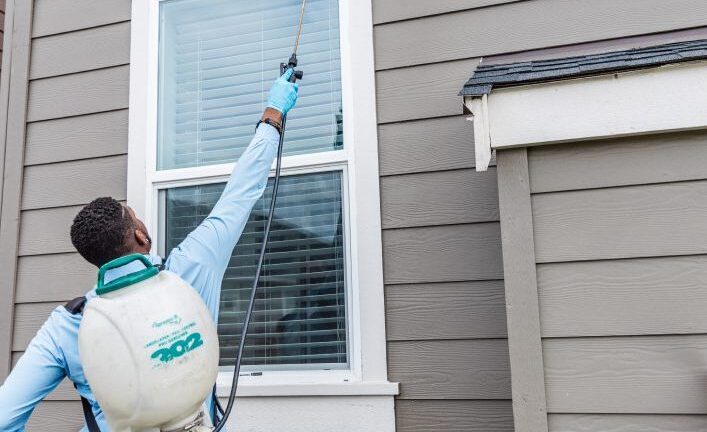Seasonal changes bring various pest challenges, as different pests become more active depending on the time of year. Understanding these patterns and implementing targeted pest control strategies can help manage seasonal infestations effectively and protect your home or business throughout the year.
Spring and Summer: Ants, Wasps, and Mosquitoes
In spring and summer, warmer temperatures and increased humidity create ideal shashel.eu for pests like ants, wasps, and mosquitoes. Ants often invade homes in search of food, especially sugary substances. Wasps build nests in outdoor areas, becoming a nuisance during social activities. Mosquitoes thrive in standing water and can spread diseases such as West Nile virus and Zika virus.
Control Strategies:
- Ants: Seal entry points, keep food stored in airtight containers, and use bait stations to eliminate ant colonies.
- Wasps: Remove or relocate nests and use traps or insecticides designed for wasps. Regularly inspect outdoor areas for new nests.
- Mosquitoes: Eliminate standing water around your property, use insect repellents, and install screens on windows and doors to keep mosquitoes out.
Fall: Rodents and Cockroaches
As temperatures drop, rodents like mice and rats seek shelter in warm environments. Cockroaches, too, may invade homes as they search for food and warmth. Rodents can cause significant damage by chewing through wiring and insulation, while cockroaches can contaminate food and spread diseases.
Control Strategies:
- Rodents: Seal cracks and holes in walls and foundations, and use traps or bait stations to manage rodent populations. Keep food stored securely and maintain a clean environment.
- Cockroaches: Eliminate food and water sources, use cockroach baits and traps, and ensure proper sanitation to reduce infestation risks.
Winter: Bed Bugs and Termites
In winter, pests like bed bugs and termites may become more noticeable as people spend more time indoors. Bed bugs can be introduced through travel or used furniture, while termites continue to damage wood structures in mild winter conditions.
Control Strategies:
- Bed Bugs: Regularly inspect bedding and furniture, and use protective covers for mattresses and pillows. Seek professional treatment if an infestation is detected.
- Termites: Conduct routine inspections for signs of termite activity, such as mud tubes or damaged wood. Consider preventative treatments or treatments if an infestation is found.
Conclusion
Effective pest control for seasonal infestations involves understanding the specific challenges each season presents and implementing appropriate strategies. By taking proactive measures and seeking professional help when needed, you can protect your property from the impacts of seasonal pests and ensure a pest-free environment year-round.
